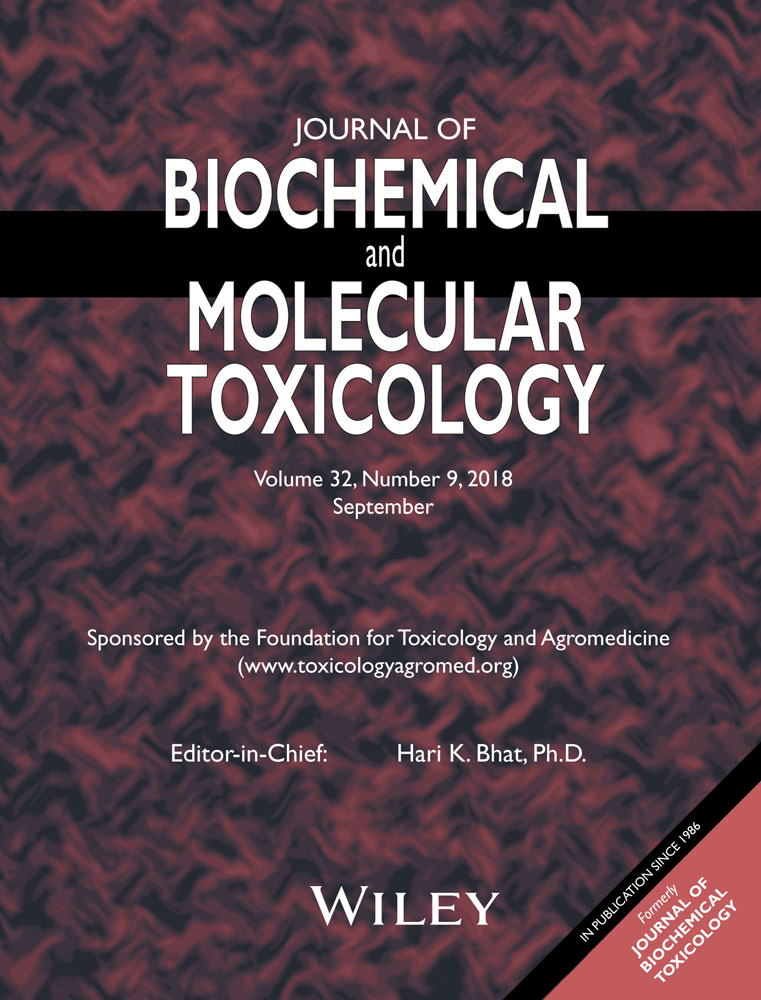1H-indazole molecules reduced the activity of human erythrocytes carbonic anhydrase I and II isoenzymes
Abstract
Carbonic anhydrase (CA) is an important metabolic enzyme family closely related to many physiological and pathological processes. Currently, carbonic anhydrase inhibitors are the target molecules in the treatment and diagnosis of many diseases. In present study, we investigated the inhibitory effects of some indazole molecules on the CA-I and CA-II isoenzymes isolated from human erythrocytes. We showed that human CA-I and CA-II activities were reduced by of some indazoles at low concentrations. IC50 values, Ki constants, and inhibition types for each indazole molecule were determined. The indazoles showed Ki constants in a range of 0.383 ± 0.021 to 2.317 ± 0.644 mM, 0.409 ± 0.083 to 3.030 ± 0.711 mM against CA-I and CA-II, respectively. Each indazole molecule exhibited a noncompetitive inhibition effect. Bromine- and chlorine-bonded indazoles were found to be more potent inhibitory effects on carbonic anhydrase isoenzymes. In conclusion, we conclude that these results may be useful in the synthesis of carbonic anhydrase inhibitors.




